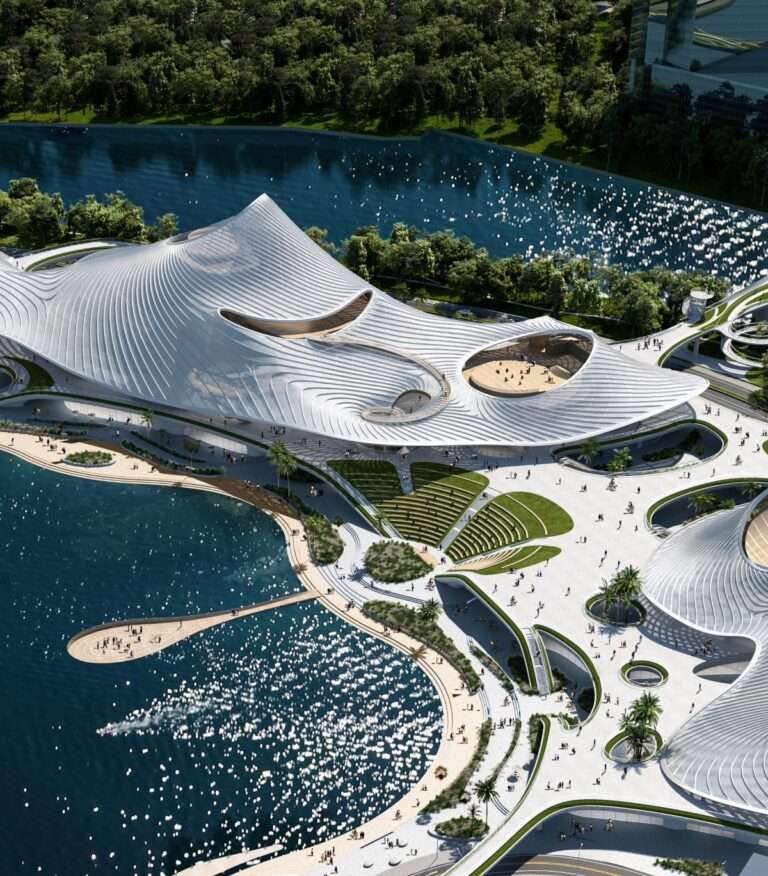The Stonington Residence is a historic gem, recently renovated and restored, located in Stonington, Connecticut, nestled amidst approximately 90 meters of coastline and expansive greenery. Perched on a small stone ledge, this house is a testament to the brilliant work of architect John Lincoln, who designed it during the tumultuous years of World War II in 1945. It’s worth noting that John Lincoln, in addition to being a professor of architecture at the Rhode Island School of Design, is also known for inventing the iconic Quonset Hut, a lightweight prefabricated structure made of corrugated steel and plywood.
The influences of Frank Lloyd Wright are notably evident in this masterpiece, with the clever use of stones, corner windows, and a flat roof. What makes this project truly unique is how the renovation resembled a genuine archaeological excavation, uncovering the unique details of the original house and brilliantly incorporating them into a new design.
The original house, which once housed five bedrooms, three bathrooms, a library, a laboratory, and three fireplaces, follows a layout defined by an imposing granite wall that runs through the center of the residence. This stone wall remains the central element that organizes the entire construction, serving as a point of reference and stability. Additionally, modern elements of darkened steel and plywood seamlessly connect the public and private spaces, paying homage to the rich industrial heritage of Quonset.
On the second floor, a rectangular structure houses the reconfigured primary suites, clad in corrugated metal that not only directs panoramic views from the balconies at both ends but also creates an appealing and gentle contrast with the natural stone that covers the ground floor.
Credits:
Title: Stonington Residence
Location: Stonington, Connecticut, United States
Architects: Joeb Moore & Partners
Design Team: Jake Watkins, Nate Wooten
Area: 4875 m²
Year: 2013
Photography: David Sundberg | Esto





